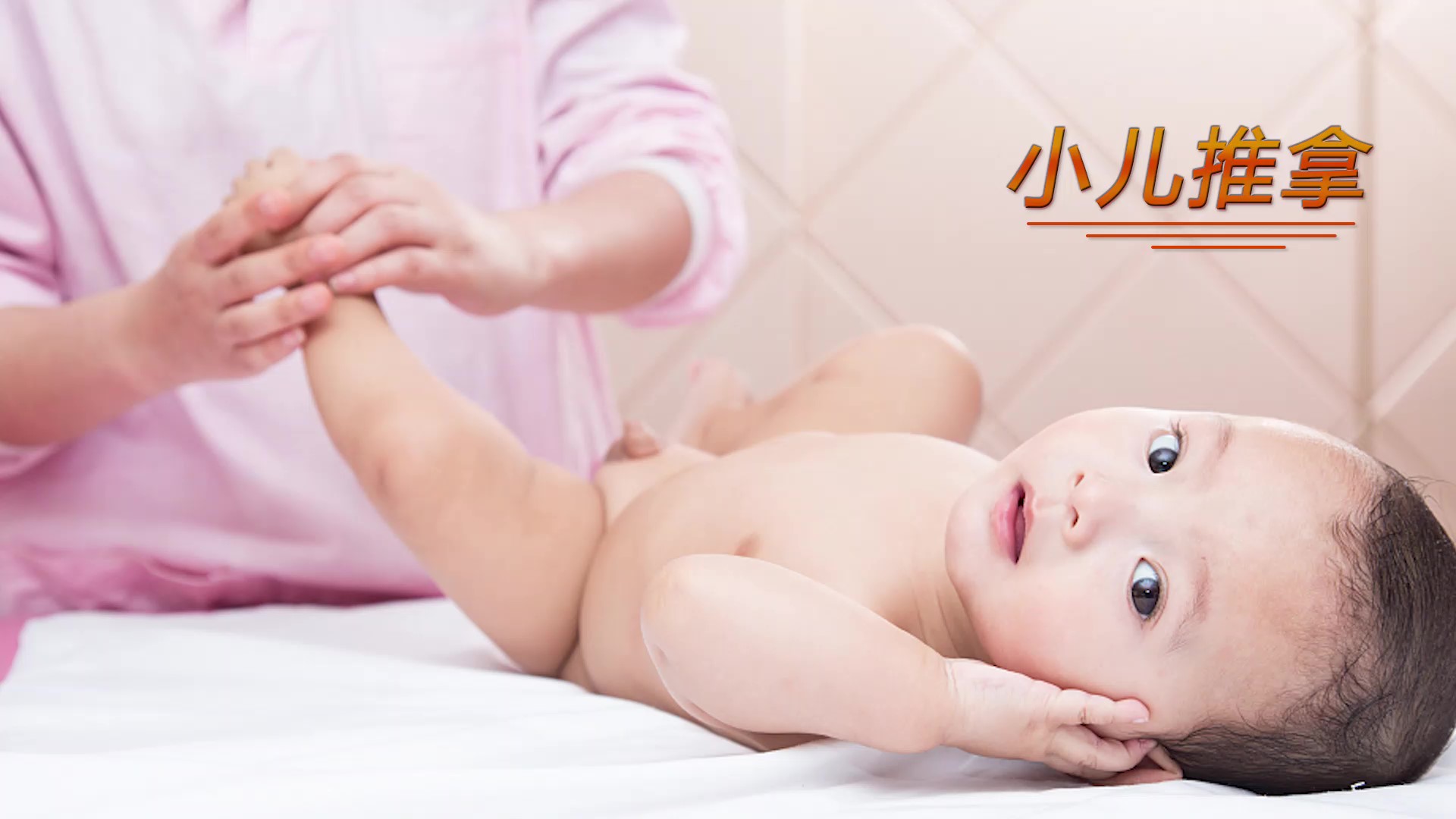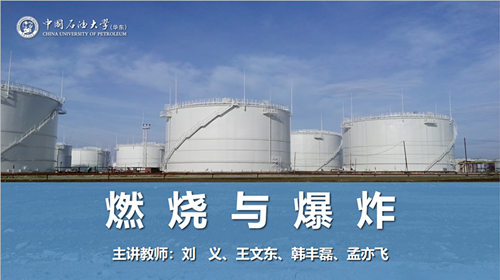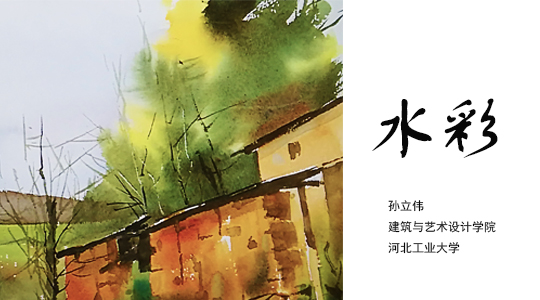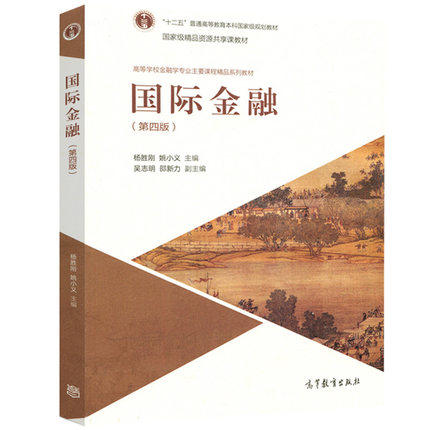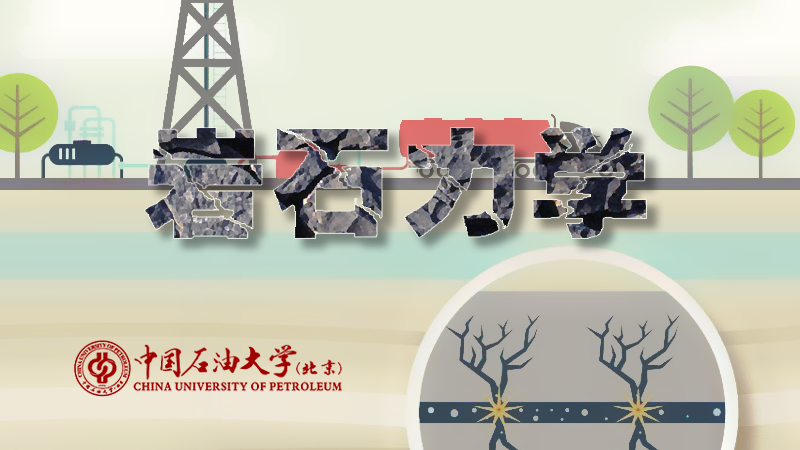
当前课程知识点:Chinese Ceramics > Unit 14 Contemporary Chinese Ceramics > 14.1 Development of Contemporary Chinese ceramic art > 14.1 Development of Contemporary Chinese ceramic art
返回《Chinese Ceramics》慕课在线视频课程列表
看,我有一条手镯
好漂亮,是谁给你的呀
是邱老师给我的
您真是太好了
它是景德镇的陶瓷吗
是的,景德镇的瓷器具有
“白如玉”、“薄如纸”
“明如镜”、“声如罄”的独特性
难怪这陶瓷这么精致
我好喜欢这个手镯
大家好,欢迎来到课堂
今天我们来谈谈
当代中国陶瓷艺术发展概况
时下博物馆和美术馆中的陶瓷作品,琳琅满目,光彩耀人
您是否已是目不暇接,晕头转向呢
当工业文明进入中国以后
许多传统的产业都发生了质的变化
由浑然一体的传统手工业结构
分化出了许多新的专业领域
今日中国的陶瓷业不再是手工艺的一霸天下
它被分解成工业陶瓷
建筑陶瓷、日用陶瓷、现代陶艺
我知道,广东的潮州
山东的淄博、湖南的醴陵
河北的唐山等
都是中国新兴的日用瓷产地
广东的佛山
则是建筑陶瓷
集中的产地
江西的景德镇
江苏的宜兴、浙江的龙泉
福建的德化
广东的石湾等则是
以传统工艺陶瓷的发展为主生产艺术陶瓷
另外
还有些在历史上很有名但后来中断了发展的瓷区
近几年由于市场的需要,又开始恢复了传统手工艺瓷的生产
如传统的汝窑、钩窑、官窑、耀州窑
磁州窑等
同时
在艺术院校的引领和倡导下
现代陶艺的创作成为
中国当代陶瓷艺术发展中的热点
虽然中国是一个有着悠久历史的陶瓷大国
曾在历史上引领世界陶瓷艺术的新潮流
但在新的工业化的时代
现代日用瓷设计的理念和标准却来自西方
西方陶瓷仅仅是为了艺术而生产的
没有实用价值
也不过半个多世纪
但对中国陶艺界的影响却是巨大的
20世纪80年代以来
中国的传统手工艺陶瓷有了长足的发展
最早是源于海外市场的需求
世界许多国家的人们
对中国陶瓷的美留下了深刻的印象
即使买不到
或买不起真品
也希望能买到仿制品
一时间
许多传统的瓷区
都兴起了生产仿古瓷的热潮
同时
中国经济的快速发展
也改善了中国人的生活环境
家庭的布置
装修乃至个人收藏
都对中国传统瓷器产生大量需求
仿古虽然不是创造
但其却使许多濒临消失的传统技艺又得到恢复
并出现了许多著名的陶瓷艺人
他们不仅在市场上得到了认可
国家也给予了他们很高的社会地位
在艺术教育领域
全国有多所高校都开设了陶瓷艺术专业
设置现代日用陶瓷
现代陶艺、传统陶瓷工艺等课程
许多院校
除招收陶瓷艺术专业的本科生之外
还招收硕士、博士研究生
在江西的
景德镇、湖南的醴陵、山东的淄博
广东的潮州、福建的德化等著名的古瓷区
还兴起了建立陶瓷学院的热潮
今天的课就到这里
谢谢大家,下节课再见
-1.1 Introduction
-1.2 Ceramics in Neolithic, East Han and Wei-Jin Dynasties
--Ceramics in Neolithic, East Han and Wei-Jin Dynasties
-1.3 Sui and Tang dynasties and Song Dynasty ceramics
--Sui and Tang dynasties and Song Dynasty ceramics
-1.4 Ming and Qing Dynasties
-Unit 1 test
--Unit 1 test
-Discussion questions
-2.1 The Unique Chinese Ceramic Culture
--The Unique Chinese Ceramic Culture
-2.2 The Historical Development of Chinese Ceramic Making
--The Historical Development of Chinese Ceramic Making
-2.3 Chinese Ceramic Shape Art
-2.4 Chinese Ceramic Painting Art
--Chinese Ceramic Painting Art
-2.5 Chinese Ceramic Folk Stories
--Chinese Ceramic Folk Stories
-Unit 2 test
--Unit 2 test
-Discussion questions
-3.1 CeramicCulture and the Zodiac
--CeramicCulture and the Zodiac
-3.2 The heritage of traditional ceramic culture
--The heritage of traditional ceramic culture
-3.3 The development and innovation of ceramic art
--The development and innovation of ceramic art
-Unit 3 test
--Unit 3 test
-Discussion questions
-4.1 Gorgeous Colored Pottery
-4.2 The Method of Making Colored Pottery
--The Method of Making Colored Pottery
-4.3 Primitive Colored Pottery Ⅰ
-4.3 Primitive Colored Pottery Ⅱ
-4.3 Primitive Colored Pottery Ⅲ
-4.4 Black Earthenware
-4.5 White Pottery and Primitive Porcelain
--White Pottery and Primitive Porcelain
-Unit 4 test
--Unit 4 test
-Discussion questions
-5.1 Terracotta Warriors in Qin Dynasty
--Terracotta Warriors in Qin Dynasty
-5.2 Potteries in Han Dynasty
-Unit 5 test
--Unit 5 test
-Discussion questions
-6.1 Dragon kiln and Celadon
-6.2 Yue Kiln and Wuzhou kiln
-6.3 Deqing Kiln and Ou kiln
-6.4 Longquan Wares
-6.5 Yaozhou Wares
-Unit 6 test
--Unit 6 test
-Discussion questions
-7.1 Tang Tri-Colored Pottery
--7.1 Tang Tri-Colored Pottery
--7.1 Tang Tri-Colored Pottery
-7.1Tang Tri-Colored Pottery
--7.1 Tang Tri-Colored Pottery
--7.1 Tang Tri-Colored Pottery
-Discussion questions
-Unit 7 test
--Unit 7 test
-8.1 The flourishing age of the Song Dynasty
--8.1 The flourishing age of the Song Dynasty
-8.2 The flourishing age of the Song Dynasty
--8.2 The flourishing age of the Song Dynasty
-8.3 Ding Wares
-8.4 Ru Wares
-8.5 Guan Wares
-8.6 Ge Wares
-8.7 Jun Wares
-Discussion questions
-Unit 8 test
--Unit 8 test
-9.1 Reasons for the maturity of Qinghua porcelain in Yuan Dynasty
--9.1 Reasons for the maturity of Qinghua porcelain in Yuan Dynasty
-9.2 The Invention of Blue-and-white Porcelain in the Tang Dynasty
--9.2 The Invention of Blue-and-white Porcelain in the Tang Dynasty
-9.3 Fine China Ware became the Symbol of ChinaⅠ
--9.3 Fine China Ware became the Symbol of ChinaⅠ
-9.3 Fine China Ware became the Symbol of ChinaⅡ
--9.3 Fine China Ware became the Symbol of ChinaⅡ
-9.3 Fine China Ware became the Symbol of ChinaⅢ
--9.3 Fine China Ware became the Symbol of ChinaⅢ
-9.4 The charm of QinghuaⅠ
-9.4 The charm of QinghuaⅡ
-9.4 The charm of QinghuaⅢ
-Discussion questions
-10.1 Da Ming Wucai
-10.2 Wooden engravings influence on Wucai porcelain
--10.2 Wooden engravings influence on Wucai porcelain
-10.3 Kangxi Wucai
-10.4 Liling Under-glaze multicolored porcelainⅠ
--10.4 Liling Under-glaze multicolored porcelainⅠ
-10.4 Liling Under-glaze multicolored porcelainⅡ
--10.4 Liling Under-glaze multicolored porcelainⅡ
-Discussion questions
-11.1 The advent of Fencai
-11.2 Fencai Porcelain in the Yong zheng period
--Fencai Porcelain in the Yong zheng period
-11.3 Fencai Porcelain in the Qianlong Period
--Fencai Porcelain in the Qianlong Period
-Discussion questions
-13.1 Zisha-pottery
-13.2 The Zisha Teapot
-13.3 The Zisha tea set in the Ming Dynasty
-Discussion questions
-14.1 Development of Contemporary Chinese ceramic art
--14.1 Development of Contemporary Chinese ceramic art
-14.2 The internationalization trend of Chinese modern ceramics
--14.2 The internationalization trend of Chinese modern ceramics
-14.3 A new style of contemporary ceramic art Ⅰ
--14.3 A new style of contemporary ceramic artⅠ
-14.3 A new style of contemporary ceramic art Ⅱ
--14.3 A new style of contemporary ceramic art Ⅱ
-14.4 The Trade of the Artisans Ⅰ
--14.4 The Trade of the Artisans Ⅰ
-14.4 The Trade of the Artisans Ⅱ
--14.4 The Trade of the ArtisansⅡ
-Discussion questions
-15.1 Unique Cloisonné technique
--15.1 Unique Cloisonné technique
-15.2 The Craftsmanship and Development of Cloisonné
--15.2 The Craftsmanship and Development of Cloisonné
-15.3 The Problems Facing the Inheritance of Cloisonné
--15.3 The Problems Facing the Inheritance of Cloisonné
-15.4 The inheritance and development of Cloisonné
--15.4 The inheritance and development of Cloisonné
-Unit 15 Test
--Unit 15 Test
-Discussion questions
-16.1 Appreciation of Chinese ceramics
--16.1 Appreciation of Chinese ceramics
-16.2 Explore the origins of ancient ceramics Ⅰ
--16.2 Explore the origins of ancient ceramics Ⅰ
-16.2 Explore the origins of ancient ceramics Ⅱ
--16.2 Explore the origins of ancient ceramics Ⅱ
-Unit 16 Test
--Unit 16 Test
-17.1 Traditional Chinese Decorative Patterns
--17.1 Traditional Chinese Decorative Patterns
-17.2 Application of Traditional Chinese decorative patterns in ceramics
--17.2 Application of Traditional Chinese decorative patterns in ceramics
-Unit 17 Test
--Unit 17 Test
-Discussion questions
